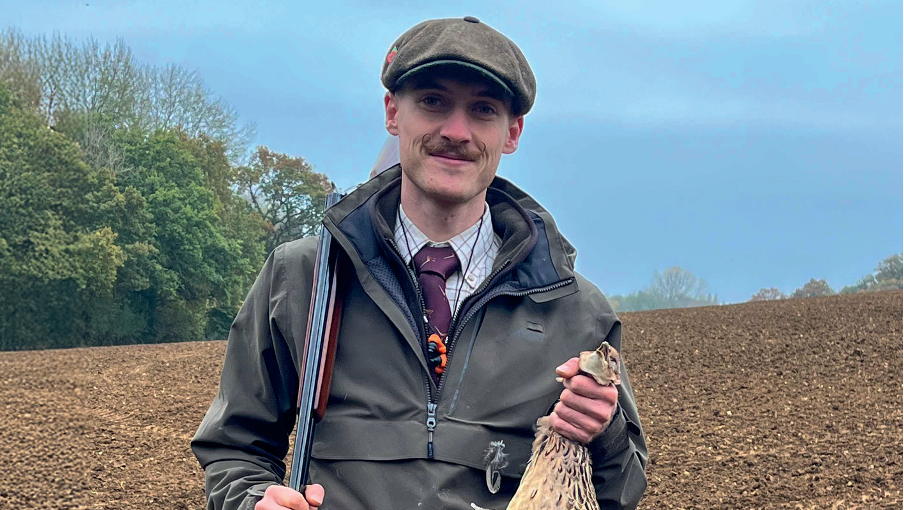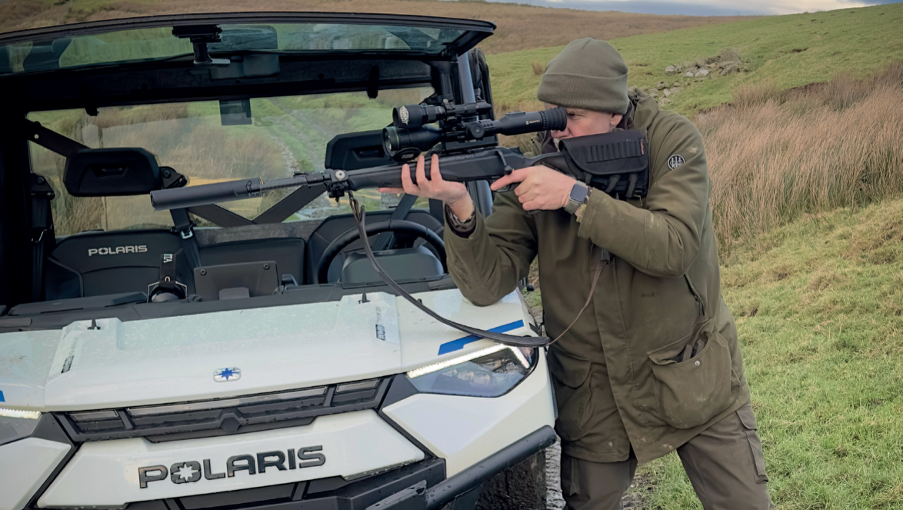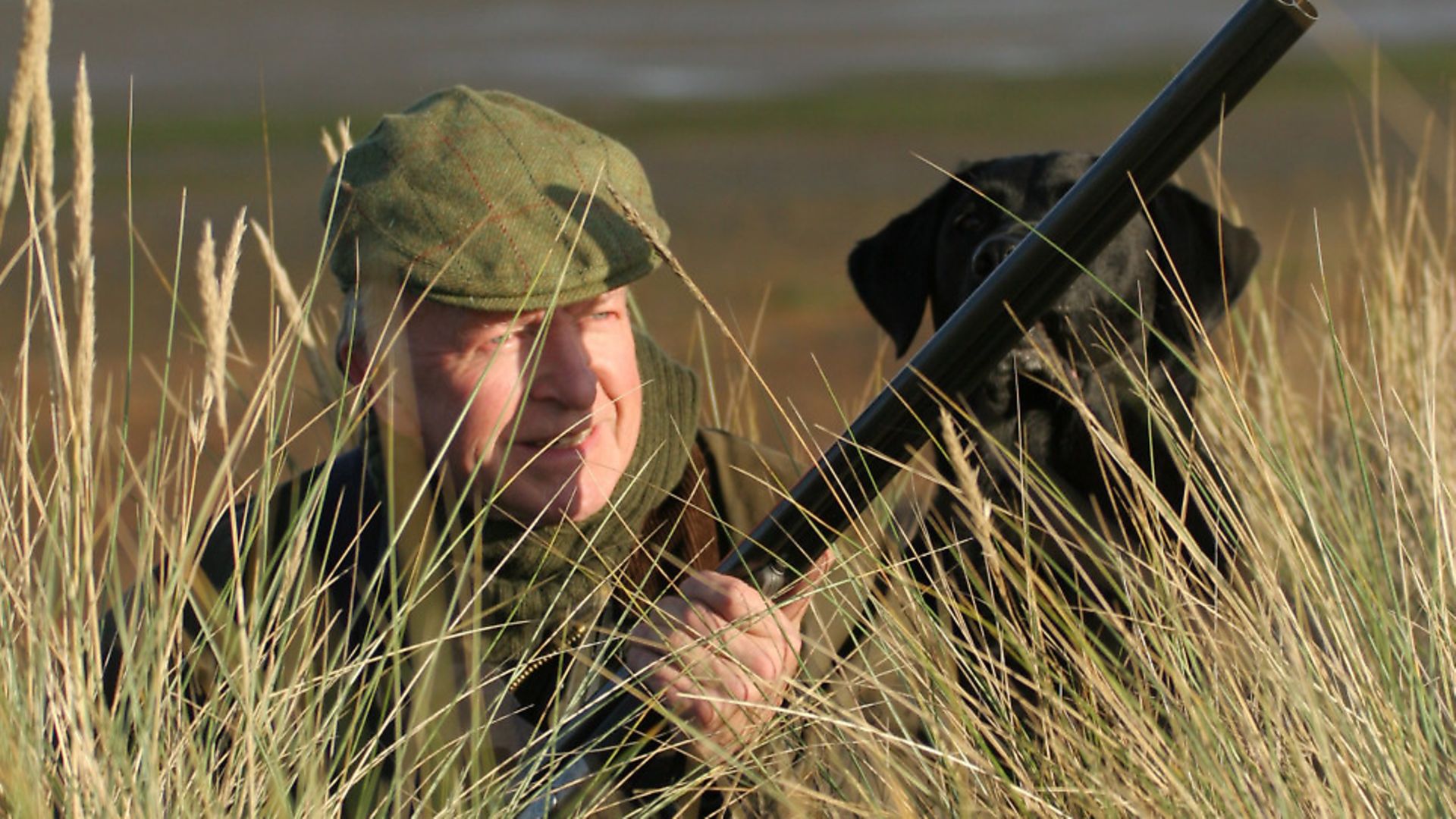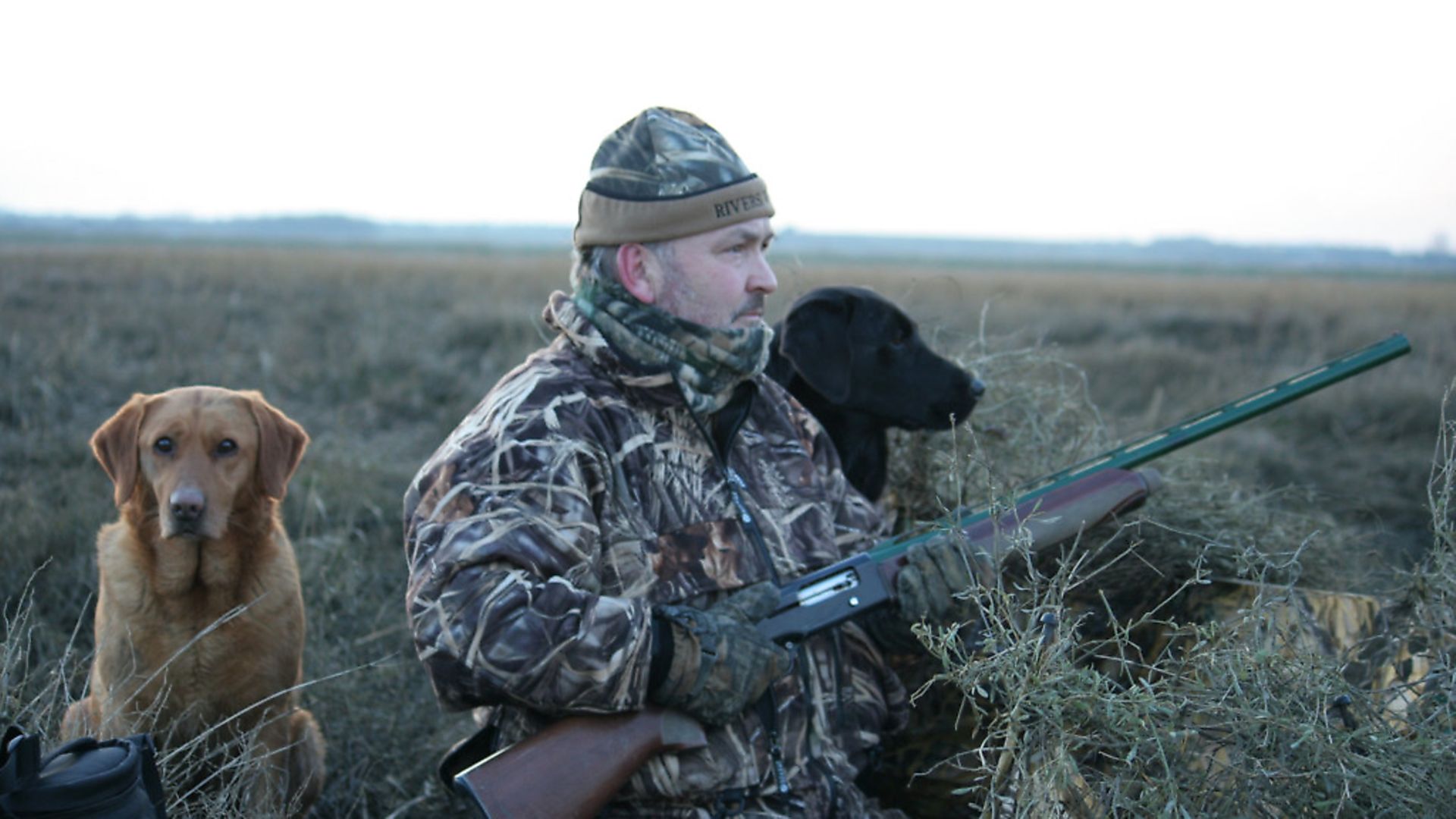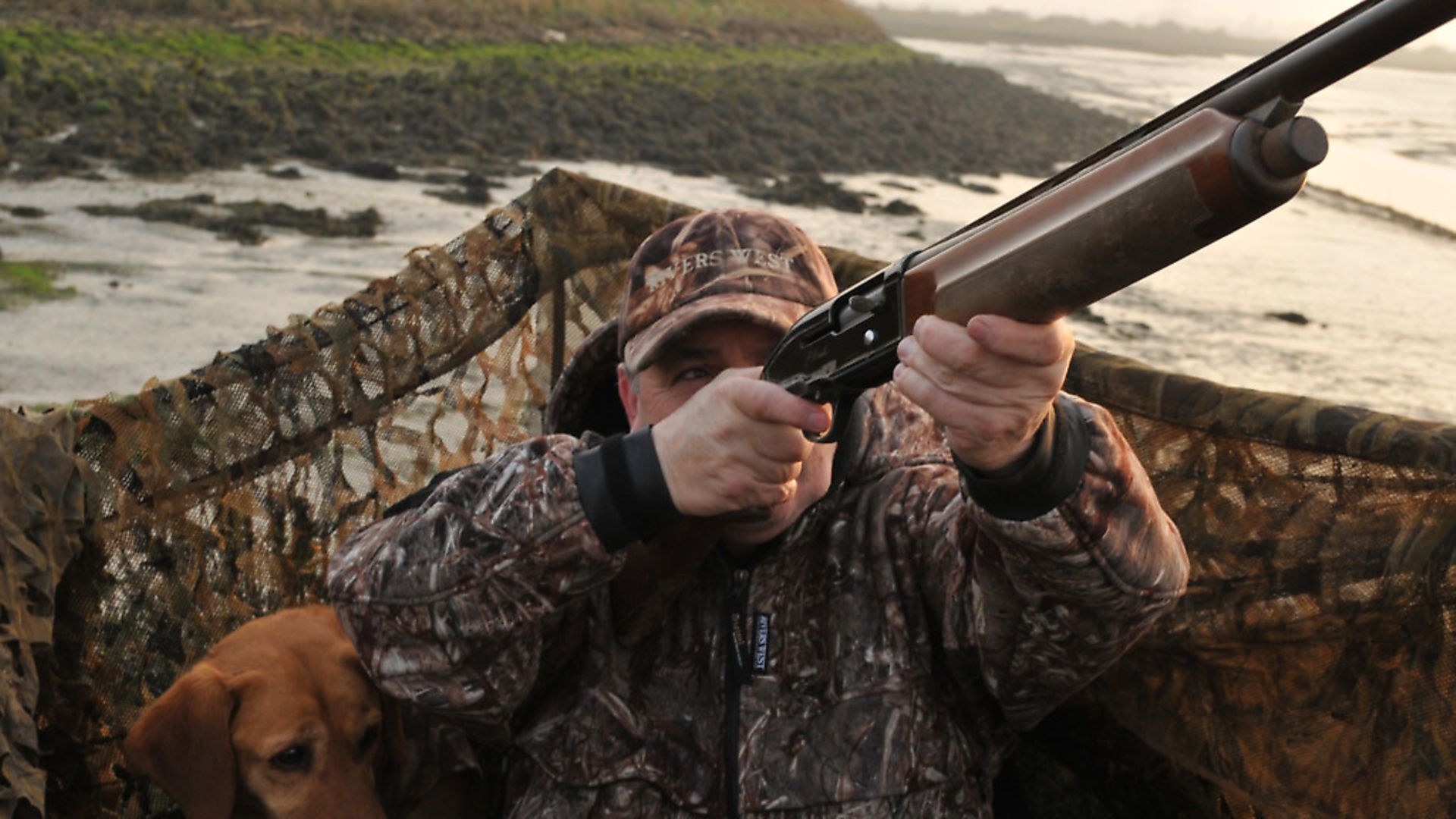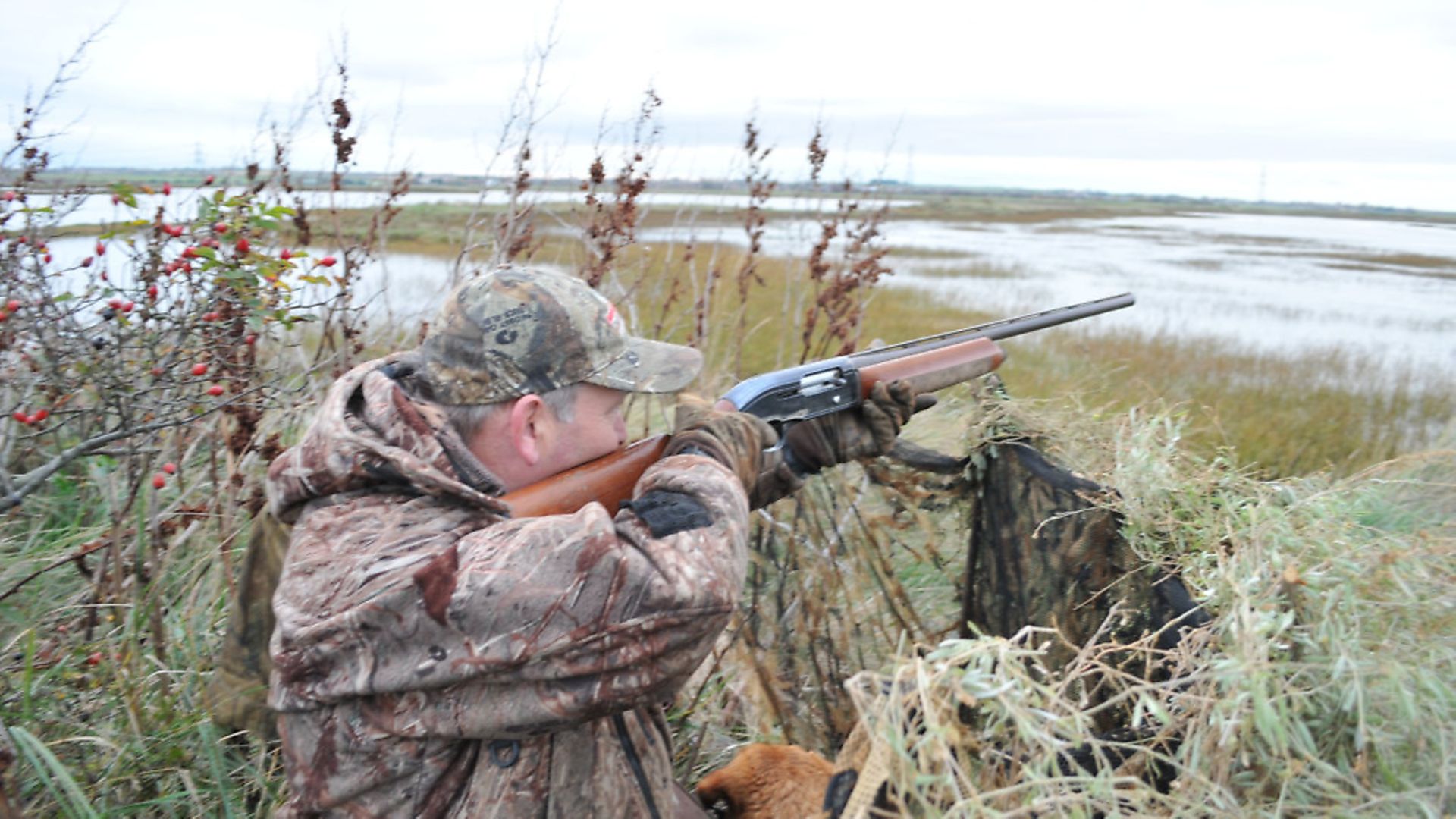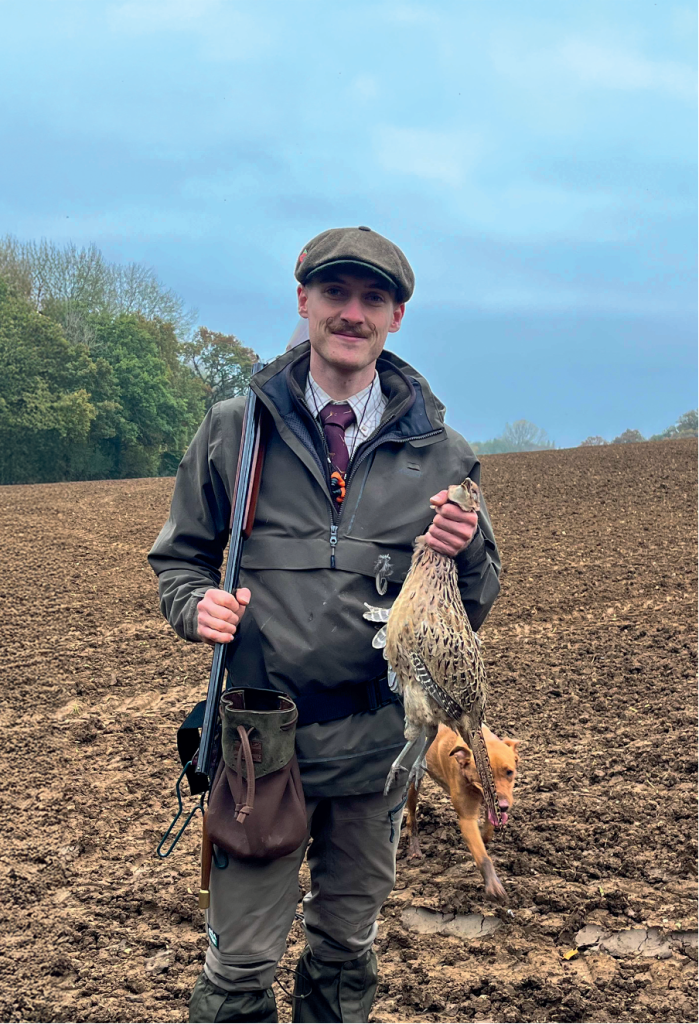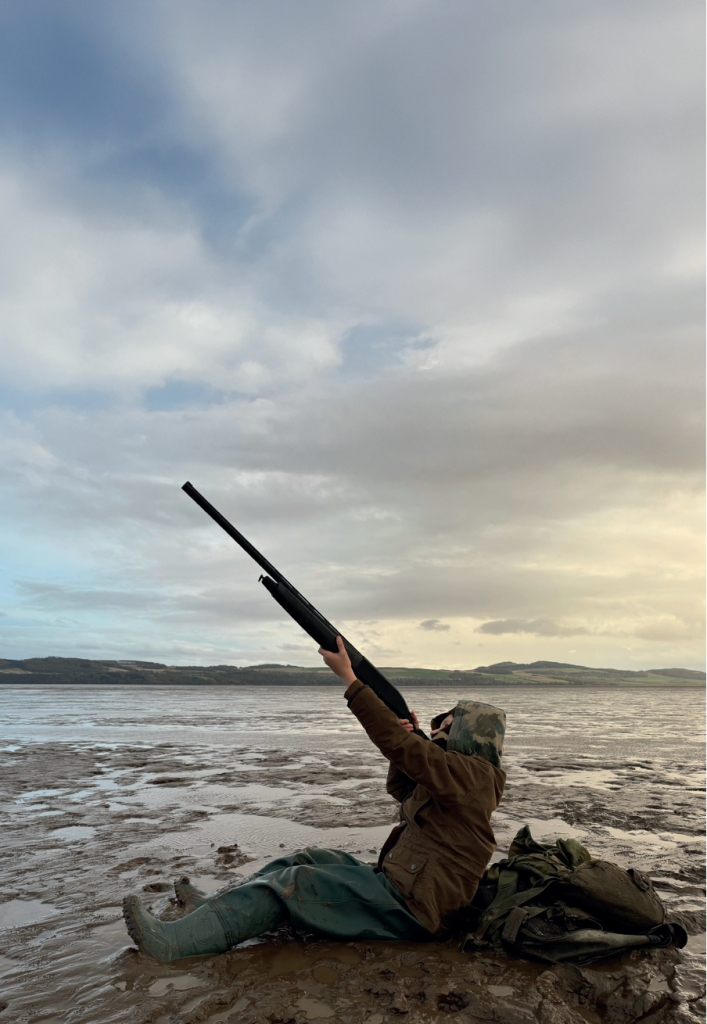Legislation
Shooting
Wildfowling: how to shoot from tricky positions
Would you like to appear on our site? We offer sponsored articles and advertising to put you in front of our readers. Find out more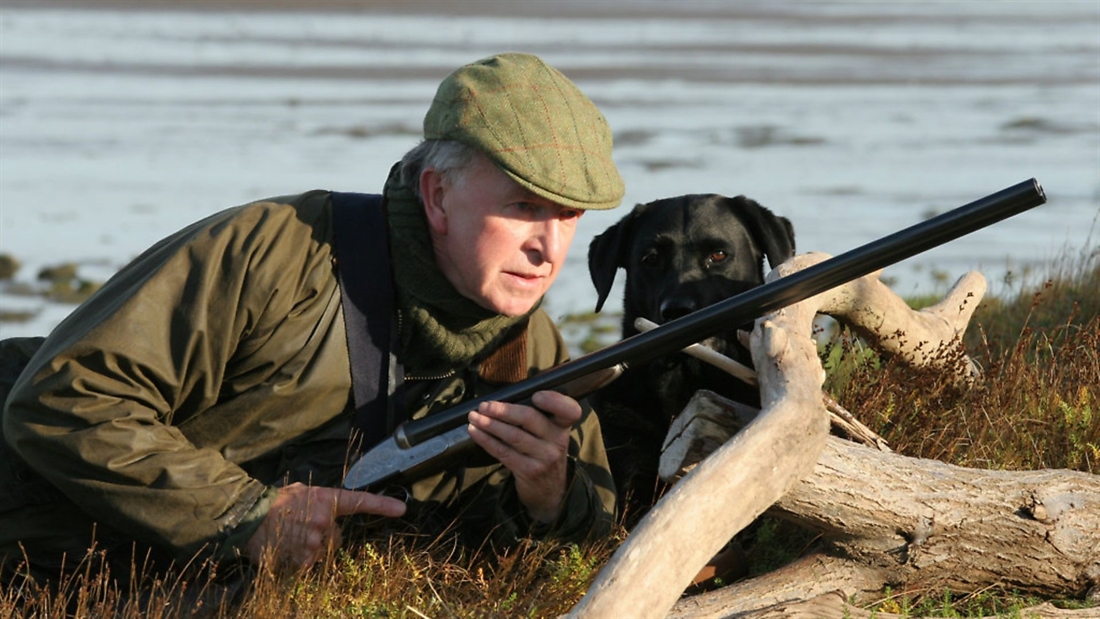
Wildfowlers often find themselves shooting in difficult conditions, from tricky positions. Steve Rawsthorne explains how to make every wildfowling shot count!
Around where I live, with the Thames only a couple of miles away, we have huge numbers of Canada geese which rampage out in the evening in great skeins, honking loudly as they pass over on their way to the stubble fields (if any have been left long enough, that is, as most get ploughed within 48 hours unfortunately). As a result, most of my duck and goose shooting these days is a fairly gentle affair, especially as they will often use the same flightlines year after year.
Proper wildfowlers, however, are a different, hardier breed who deserve respect for the effort it takes to harvest even a couple of birds. If you are struggling out of bed well before dawn, wading through mud, having paid attention to the forecast and tides, often to be rewarded only with a ‘honk’ in the distance, or worse still, a hundred yards to your side, you need to make the most of every shot, to make it count.
Shooting instructors will be telling clients that a good stance is vital to success and that it begins from the ground up, with the feet. In normal situations, they are absolutely right, good footwork is essential to good shooting, but there are times when it is not possible to move the feet, or even to stand. If you are kneeling in the bottom of a gully in a foot of water and mud, or crouched behind a sea wall, if you move too early your quarry will swerve off and your time and the opportunity will have been wasted. I have, on a couple of occasions in my long-ago youth, shot while lying flat on the ground, covered in camouflaging mud – not to be recommended.
HOW TO PRACTISE
If you need to shoot from unusual positions, wildfowling or perhaps out pigeon shooting, you had best practise them. Most shooting grounds will not have stands set up for this, so you are going to have to improvise.
Safety is also an issue; what may be acceptable to you out on the Wash with no-one within 500 yards is not safe when other people are moving around nearby, so please ask and clear any improvisation with the shooting ground or club first.
Shooting from kneeling
If you are crouched in the bottom of a drainage ditch waiting for first light, you are likely to get cramps or stiffness in your legs and you can shoot effectively from the kneeling position.
To ease the stiffness, you can alternate sitting back on your heels while rocking forward a little onto the knees, which is the position I would recommend shooting from. When you get to your hideout, before you settle down, open the gun and have a squint through the barrels, as blockages can happen without you noticing and are disastrous. I like to rest the gun across the front of my thighs, assuming no one is to my left and it is safe, parallel with the ground.
When the birds are approaching, I will carefully move the gun to the ready position, butt tucked up under the arm, so that I am looking across the muzzles. I like to stay in this position, rotating from the hips if necessary to keep watching the target, and when it reaches the end of the barrel, to move, pushing forward with the front, leading hand to mount and shoot all in one smooth movement, so that there is little motion to warn the birds of my presence and cause them to veer off before they are in range.
You can’t practise this position from within a cage if you want to try the whole thing, as the gun will stick out too far through the side of it. The best way I have found is to place a bench or trestle across the front of the shooter and then for them to kneel behind it and try it from there, hence the need to speak to the ground owner before starting.
SHOOTING WHEN SEATED
Sitting is a little more comfortable, depending on the height of the seat. You can shoot from either the sitting position or stand as you commence the shot. If you decide to stand, you should have been watching the birds over the muzzles as above, and as you commence the mount, you also stand. I prefer to do it all in one movement, rather than stand as one then mount as two – there’s less to spook the geese early and it’s quicker.
Having chosen your target, focus on the beak, the front hand locking the end of the barrels to it as you stand, leading the shot from the front hand. The rear one follows, the comb comes into the cheek, shoulder pushes forward into the butt and we give the correct lead, fire and follow through. Be prepared for the second shot and practise it, so that you may take two birds or in the unlikely event of missing with the first shot, shoot the bird again.
PATIENCE PAYS OFF
If you see the birds a long way out, it is tempting to get the gun up too early and track, track, track them, measuring the lead and losing all the benefits of hand-eye co-ordination and spontaneity. You see it a lot with driven pheasants. Don’t do it. Wait for them to come to the end of your barrel.
PROCEED WITH CAUTION
There are some very heavy cartridges around these days and it is easily possible to exceed the proof limits of your shotgun, particularly with a side-by-side. Break the gun to its three main parts, and look under the flats of the barrels where it will tell you the chamber length and the pressure that the gun is proofed for. Don’t ever exceed these. You may get away with it for a few shots, but at the least you stand a good chance of bulging your barrels and possibly a full-on burst, right about where you hold the gun with your front hand. It can be life-changing, and not in a good way. Too heavy a load of shot squeezed through a tight choke will blow the pattern apart. When you are training on clays, use smaller shot, No. 6 or 7; you cannot use BB, SSG or similar for safety reasons. Speaking of safety, make sure you know the tides and have your escape route planned, along with a phone and some flares in case of emergency.
Good luck!
Related articles
Driven
Vegan to hunter
Emily Damment tells the extraordinary story of one man’s transformation from full veganism to harvesting his own wild meat, with plenty of lessons to learn along the way.
By Time Well Spent
Wildfowling
Generation game
James Green recounts an unforgettable week of wildfowling on Scotland’s Tay estuary, where three families shared the joys, challenges and triumphs of outdoor adventures
By Time Well Spent
Manage Consent
To provide the best experiences, we use technologies like cookies to store and/or access device information. Consenting to these technologies will allow us to process data such as browsing behavior or unique IDs on this site. Not consenting or withdrawing consent, may adversely affect certain features and functions.
Functional Always active
The technical storage or access is strictly necessary for the legitimate purpose of enabling the use of a specific service explicitly requested by the subscriber or user, or for the sole purpose of carrying out the transmission of a communication over an electronic communications network.
Preferences
The technical storage or access is necessary for the legitimate purpose of storing preferences that are not requested by the subscriber or user.
Statistics
The technical storage or access that is used exclusively for statistical purposes.
The technical storage or access that is used exclusively for anonymous statistical purposes. Without a subpoena, voluntary compliance on the part of your Internet Service Provider, or additional records from a third party, information stored or retrieved for this purpose alone cannot usually be used to identify you.
Marketing
The technical storage or access is required to create user profiles to send advertising, or to track the user on a website or across several websites for similar marketing purposes.

